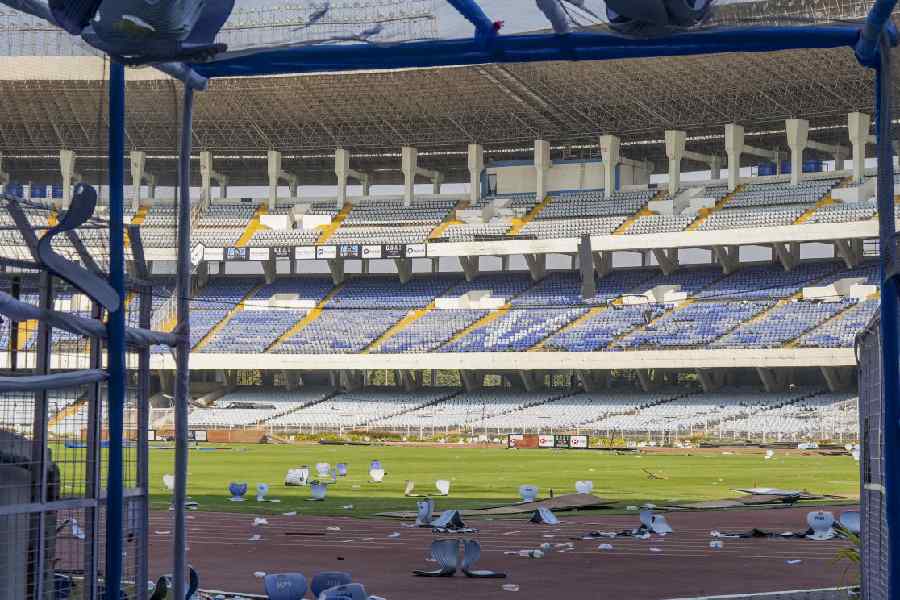 |
| The Hirakud dam in Sambalpur |
Bhubaneswar, April 11: The Hirakud reservoir, which was originally designed to provide irrigation to 1.53 lakh hectares during the khariff season and 76,875 hectares in the rabi season, has exceeded its capacity.
Water resources secretary Suresh Mohapatra said: “After 59 years of its existence, the Hirakud project is irrigating 1.63 lakh hectares in kharif and 1.15 lakh hectares in rabi, much more than what was envisaged originally.”
Sources said that despite this achievement, a large area in tail end is not getting adequate irrigation. “This is because the canal system has become dilapidated,” a senior official said.
Officials said the programmes were being taken up to develop a part of the Hirakud command area under the World Bank-supported Water Resources Consolidation Project (WRCP) and Accelerated Irrigation Benefit Programme (AIBP).
“It is proposed to consolidate irrigation in the balance command area of the Hirakud system through state fund and World Bank-funded Orissa Water Sector Improvement Programme,” officials said.
Officials said during the past three years, from 2007-08 to 2009-10, a sum of Rs 121.34 crore had been spent from Orissa’s own resources and funding from the Rural Infrastructure Development Fund for the modernisation of the Hirakud system.
The Hirakud dam, built across the Mahanadi river, is considered as the world’s longest earthen dam.
It was the first major multipurpose river valley project started after India’s Independence. It has contributed immensely to flood control, generation of electricity and providing irrigation facilities to farmers in the Mahanadi delta.
However, a controversy continues to surround the dam with a large number of people displaced for the project alleging that they were to receive compensation. The oustees are still fighting for their dues with the backing of some local NGOs and labour unions.










